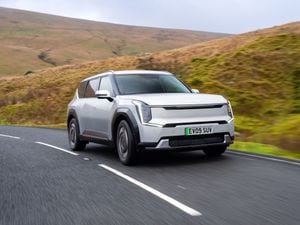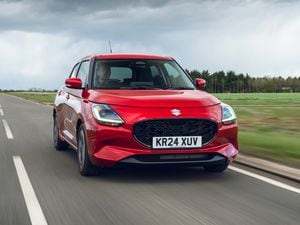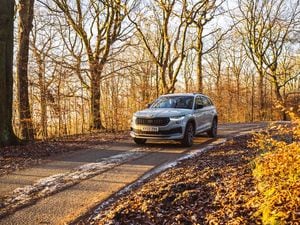First Drive: Is the new electric Mini Cooper smarter than ever?
The new Mini Cooper relaunches as an EV first and foremost, but does it capture the spirit of the original? Jack Evans finds out.
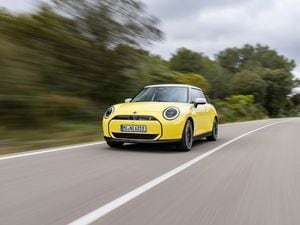
What is it?
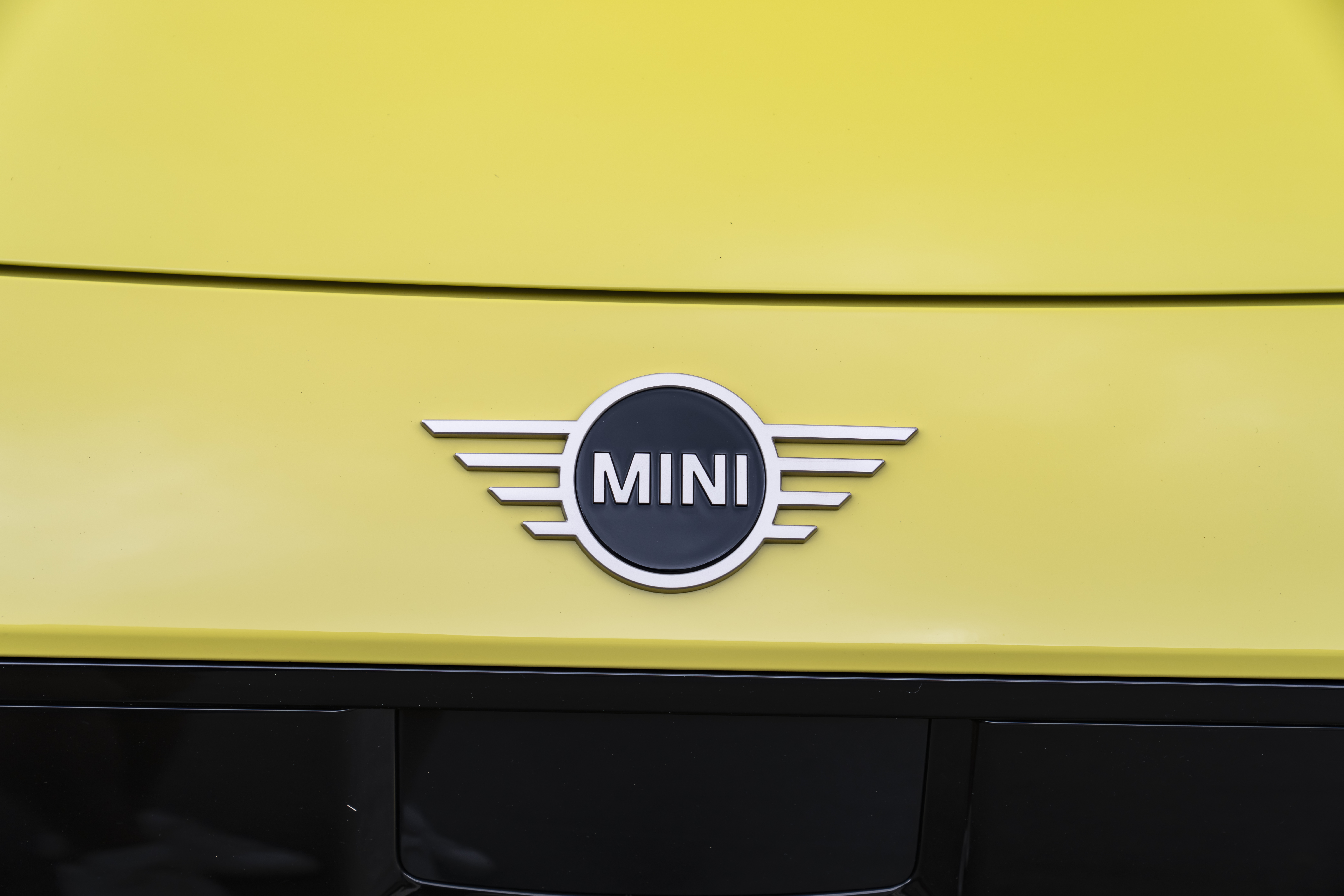
>
This is a car which needs little introduction. The new Mini Cooper arrives riding a tidal wave of popularity which extends back decades, with thousands of drivers the world over enjoying this compact model’s fun-focused approach and retro-infused styling. Now, however, it’s time for a big change – which is why this latest Cooper is launching first and foremost as an EV, though petrol alternatives will also be available.
Initially built in China – before production shifts to Oxford in a few years – this latest Mini arrives with some considerable changes applied to both its exterior and interior, as well as a longer range than the previous battery-powered model. We’ve been driving it in Spain to see what it’s like.
What’s new?
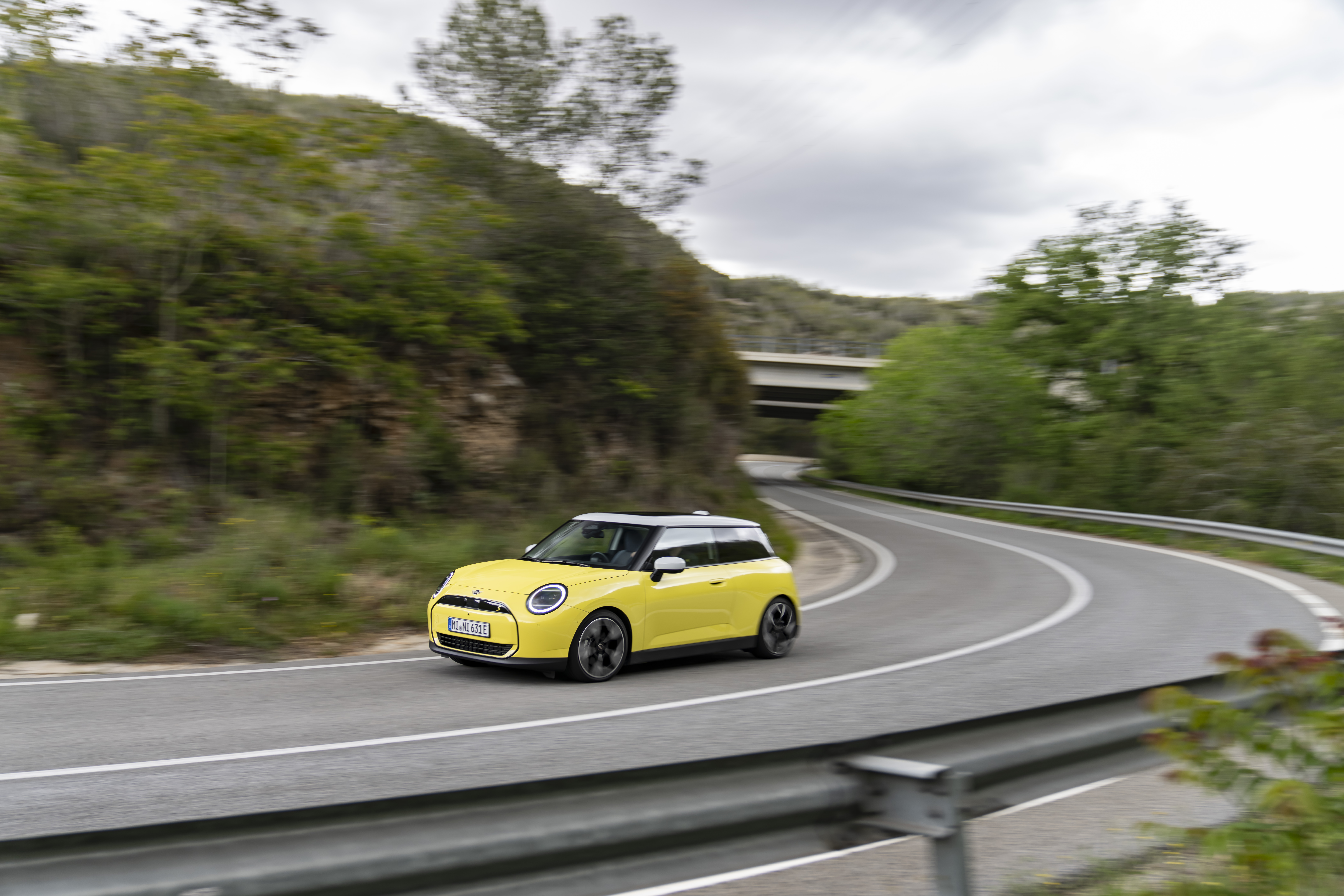
>
There’s a lot that is new with this Mini. It sits on a brand new electric platform – petrol versions are essentially an updated previous-generation Mini – which aims to allow great interior space without going overboard on the exterior dimensions. In fact, this new electric Cooper is a smidge shorter than its predecessor, though a gain in height helps to boost headroom inside.
Inside, we’ve got the ultra-futuristic OLED display that we’ve also seen used in the latest Countryman, though Mini has still decided to fit some old-school style buttons and switches. The starter switch, for instance, has been designed to mimic a traditional key. A rotary dial for the volume is a welcome touch, too, and a pleasant break from a completely screen-centric approach that we’ve seen adopted elsewhere.
What’s under the bonnet?
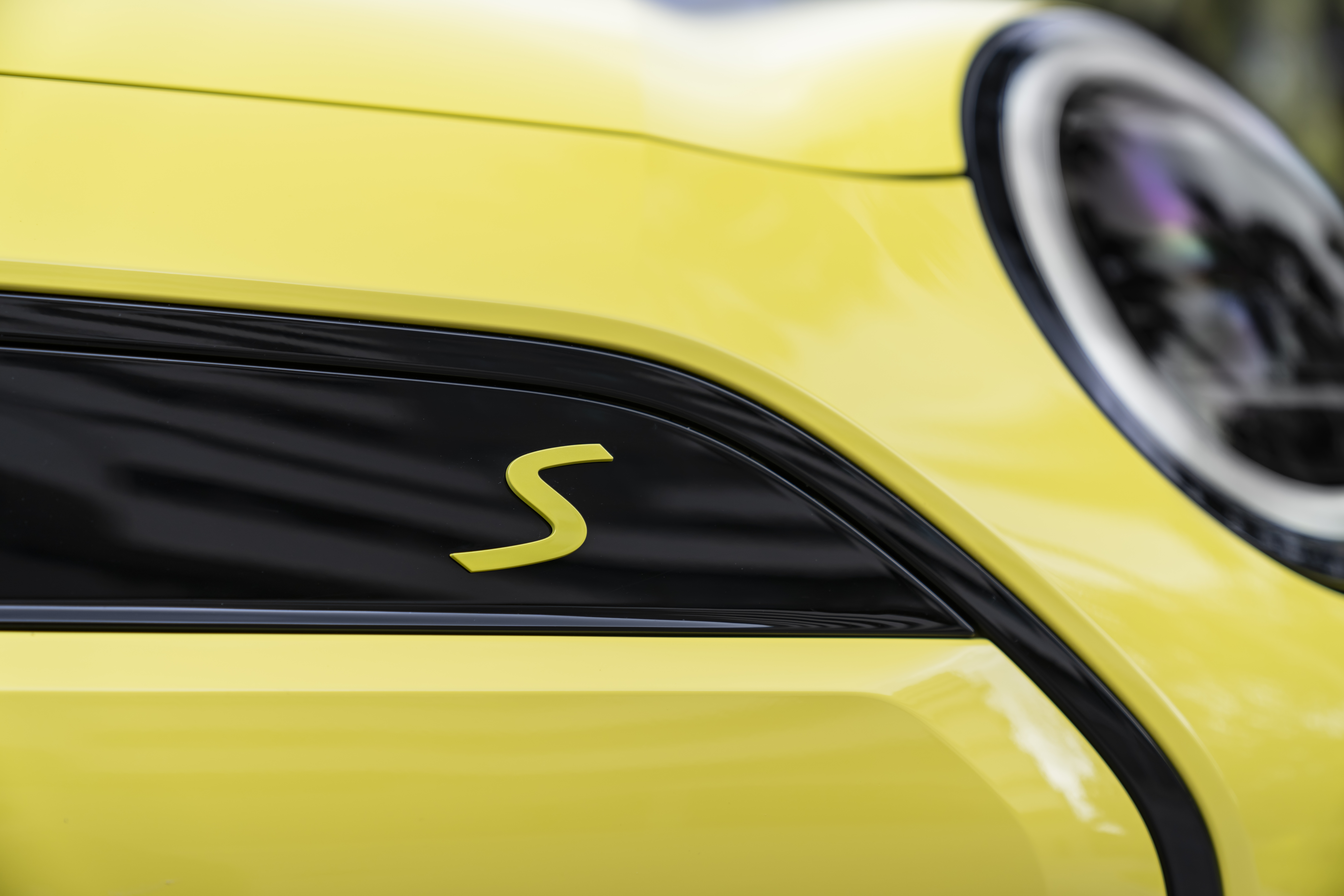
>
This electric Mini will be available in two flavours – entry-level ‘E’ and higher-spec ‘SE’, the latter of which we’re driving today – delivering respective ranges of 190 and 249 miles. We’d expect most drivers to opt for the longer-range version, though that smaller-battery Mini could still provide a viable – and cheaper – option for urban drivers.
A total output of 215bhp is more than enough for a car of this size and equates to a 0-60mph time of 6.5 seconds means it’s only a fraction slower than the petrol-powered Cooper S. Mini quotes a 95kW maximum charge speed for the SE – or 75kW for the E – which should mean a 10 to 80 per cent charge in around 30 minutes. Expect around five hours for a full top-up when using a 7kW home charger. As mentioned, there is a petrol version of the Cooper available, though that uses the same platform and structure as the previous-generation car, albeit with a new exterior design and upgraded interior.
What’s it like to drive?
Fun has always been at the core of the Mini driving experience and it’s pleasing to report that this is present in this latest Cooper. This latest car has a wider track than before to help disguise some of its weight – it comes in at around 1.7 tonnes – so through the bends the Cooper feels just as keen as before. As with any electric vehicle, the instant delivery of torque helps to make the acceleration in the Mini feel urgent, so from behind the wheel it ends up appearing a little quicker than those on-paper figures suggest.
We’d like a little more bite from the brakes – and it would be quite nice to have some wheel-mounted paddles for the regenerative braking for some extra involvement – but this Cooper continues to have the grin-inducing ability as its predecessor. It’s also good that Mini hasn’t gone down the route of a dual-motor setup like other EVs; it helps the Cooper to feel a bit more like a ‘traditional’ front-wheel-drive hatch as a result. Grip levels were good too – even on the unusually sodden Spanish roads we drove through.
How does it look?
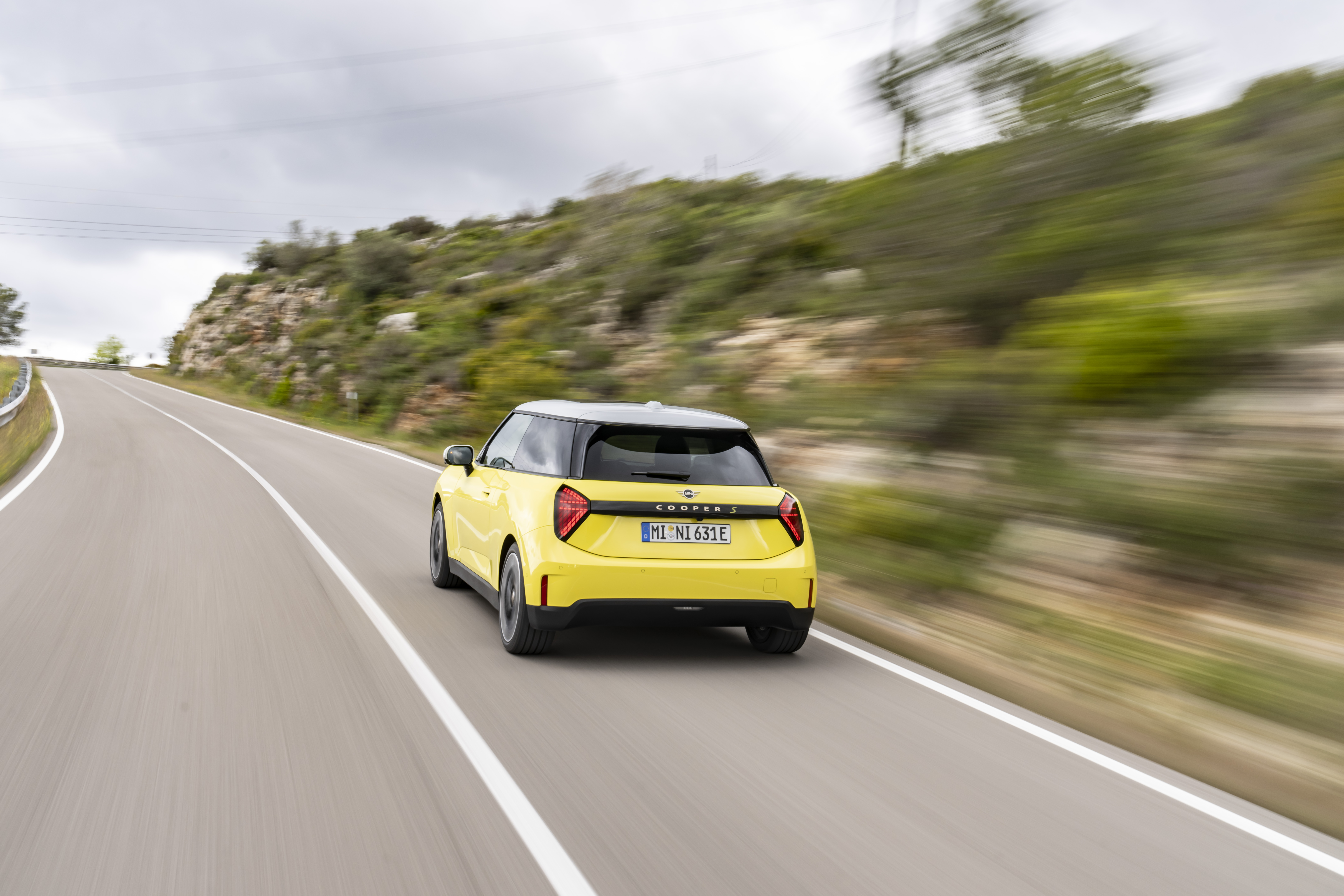
>
Well, it looks like a Mini, doesn’t it? It’s fair to say that previous generations of Mini hatchbacks have taken a softly-softly approach to redesigns, playing quite close to the model which came before them. This new version incorporates all of the same touches but switches things up in a few key areas. You might notice that the new Mini is now devoid of any chrome and there aren’t any plastic mouldings over the wheelarches either. The door handles now sit flush, too, and it all makes the Mini quite soap-bar smooth.
The biggest changes come around the back, where this Mini Cooper looks completely different to any models before it. The lights are smaller and more angular than before, and you can configure them to show different designs. Overall, the new Cooper is still recognisable as a ‘Mini’, though we do feel like its creators could’ve gone a bit further and made this car smaller overall – particularly when more practical Aceman and Countryman models are available for those who need more space.
What’s it like inside?
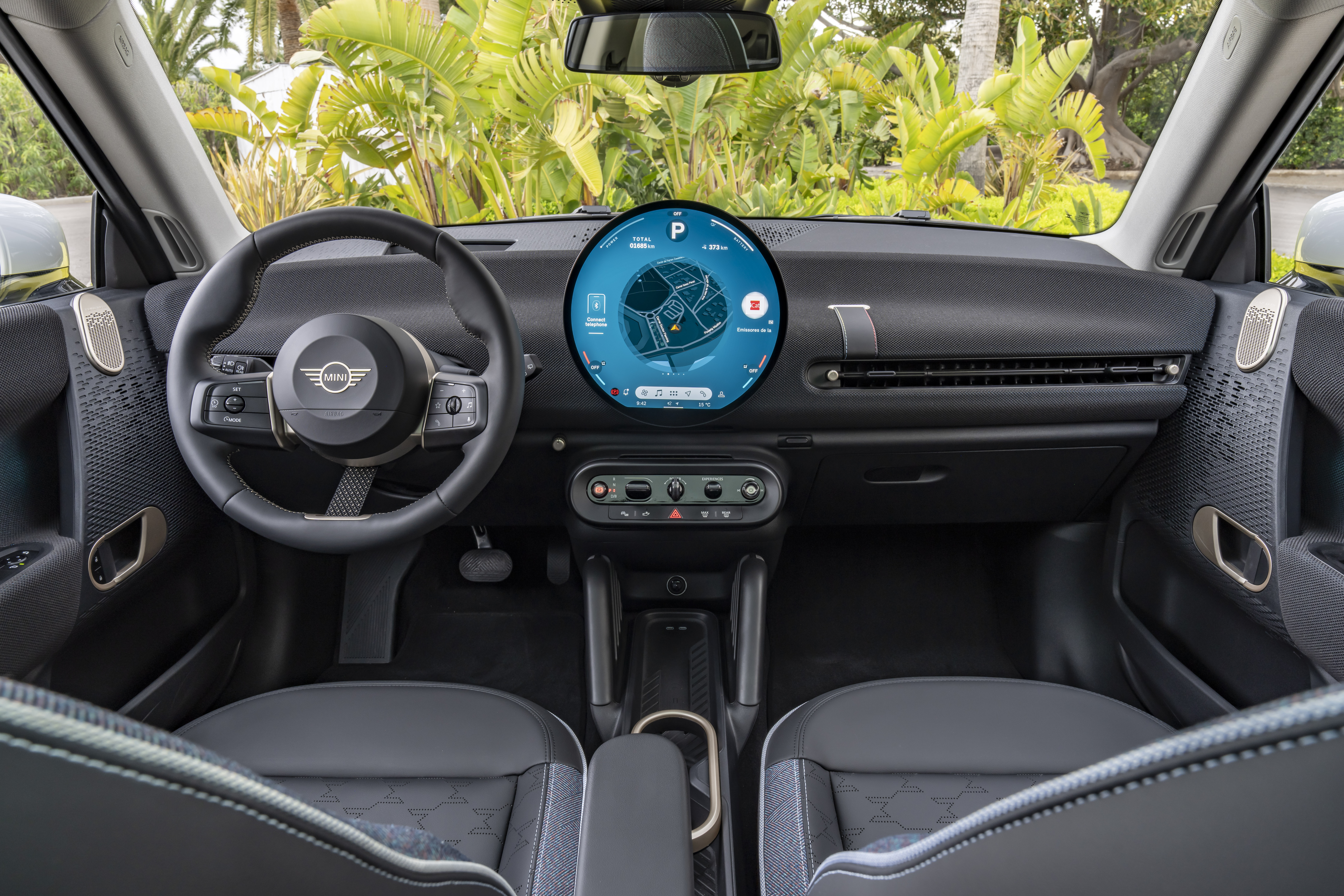
>
Mini’s approach to the cabin is remarkably stripped-back. Everything is centred around the large OLED display in the centre, which is where you’ll find the vast amount of functions, controls and features. Thankfully, there are some physical controls below for aspects such as the windscreen ventilation and volume, which are much easier to use when you’re on the move. It’s still a small car this, too, so the space in the rear isn’t the greatest – though headroom is surprisingly good, even on cars with a sunroof.
Getting a car seat in and out of the rear seats will prove to be a pain given the small amount of space between the folded front chair and the door frame, though thankfully all cars come with a front ISOFIX as standard – so that’s an option if you’re looking to put a child seat in the Cooper. While Mini has put a cool textured fabric on loads of key areas – dashboard included – it feels as though this could look grubby quite quickly.
What’s the spec like?
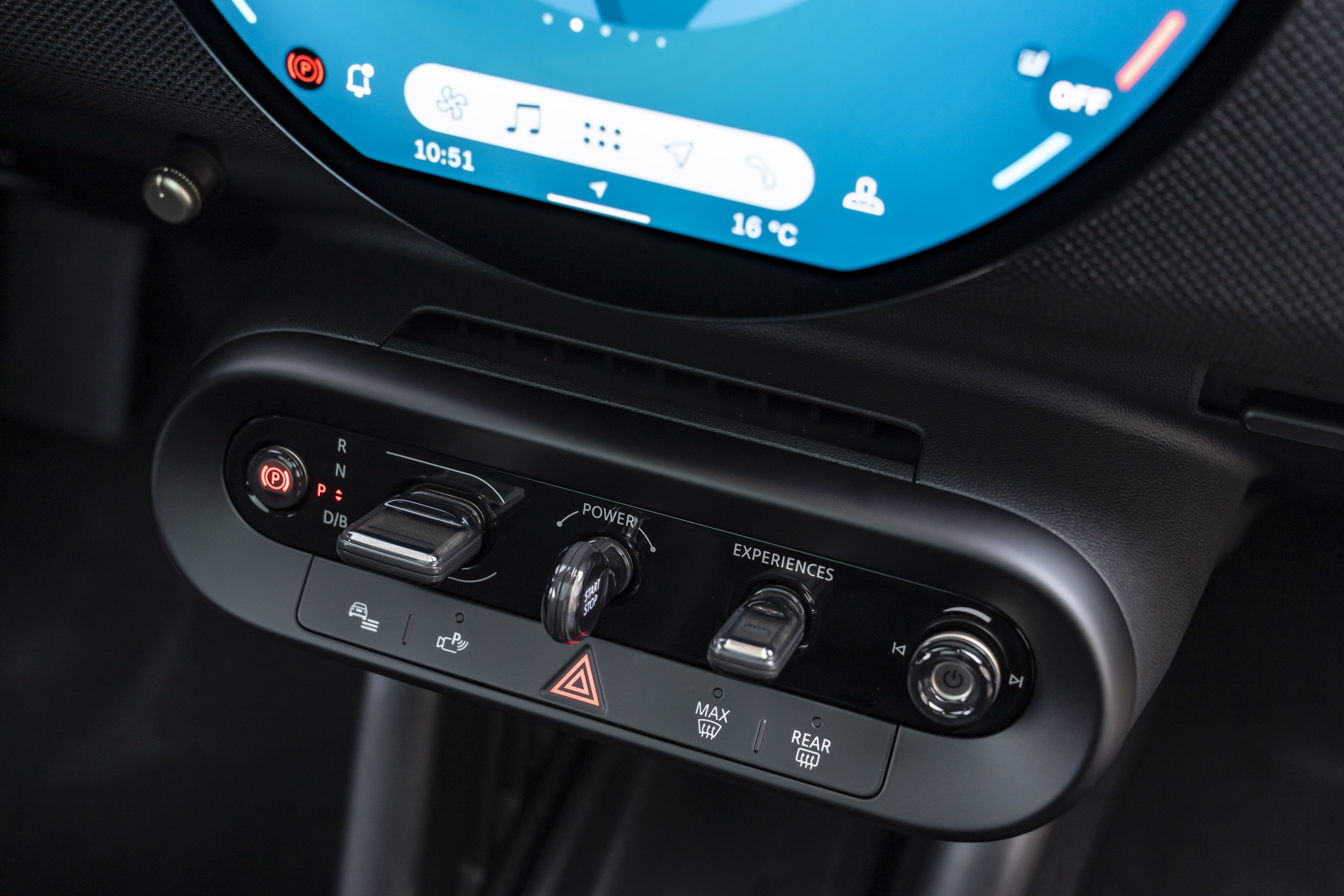
>
Prices for the Mini Electric start at £30,000 for the standard ‘E’, rising to £34,500 for the Cooper SE. All versions, however, get plenty of equipment as standard, including the large OLED display, heated steering wheel, two-zone air conditioning and a full navigation setup. On SE models, you also get heated front seats, an upgraded LED package and wireless charging. A standard head-up display is a useful addition, too.
Three different trim levels – Classic, Exclusive and Sport – bring a variety of visual changes and upgrades. Classic, for instance, gets you that headline ‘Sunnyside Yellow’ exterior colour and more traditional silver Mini badges while Sport, as you might expect, makes things more dynamic with 18-inch John Cooper Works alloys in a two-tone design.
Verdict
Mini’s previous electric model was a flawed oddity. It drove well but a tiny range didn’t make it a viable alternative to its petrol version. Now, however, it feels as though the electric model is a fully-fledged Mini, providing the exciting driving experience that we expect alongside a cleverly packaged interior with loads of good features.
At just over £34,000 it certainly isn’t cheap – and with options, it could quickly climb higher – but keep that price in check by not going mad with the extras and it helps to make the electric Mini Cooper a desirable and attainable EV which feels just as exciting as its combustion-engined contemporaries.



